When you look into a cat's eyes, you might be surprised to find one blue and the other green. That's heterochromia, a unique and visually striking condition, which is not solely a feature of felines—it occurs in other species, too.
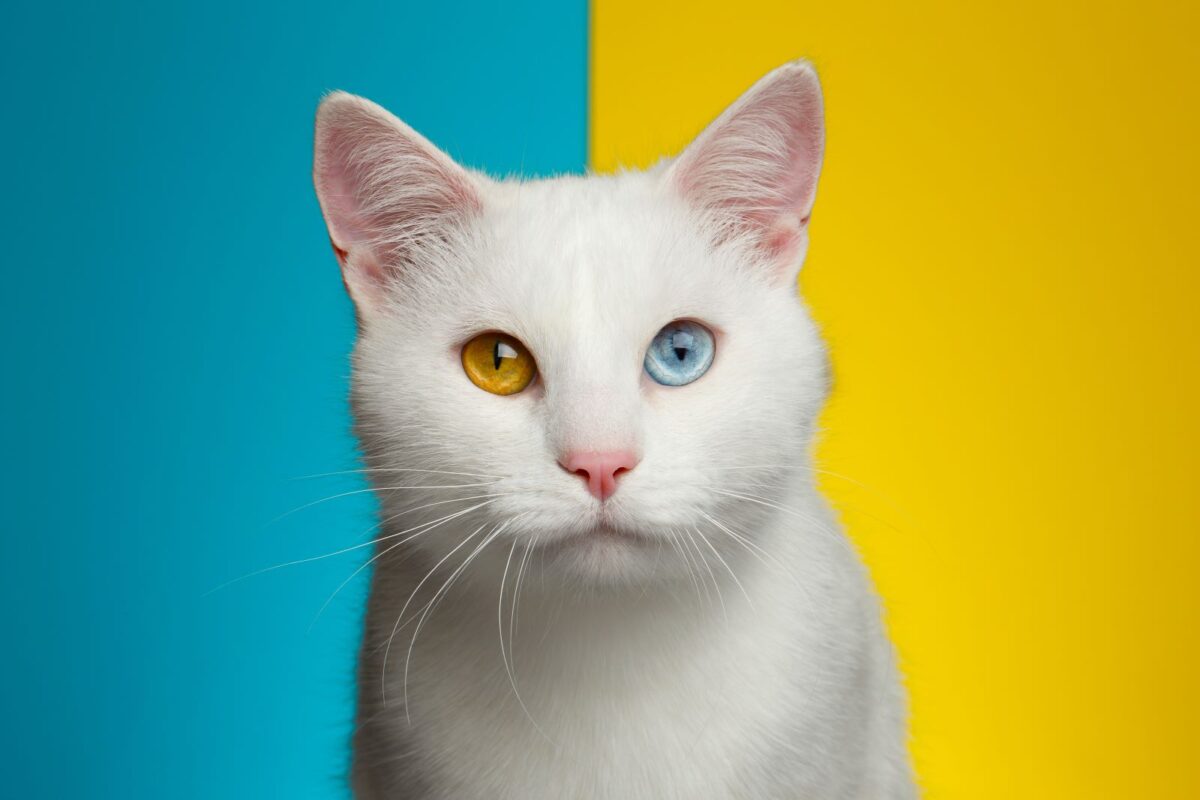
So let's explore what heterochromia really is, the different types you might encounter, and the genetics that contribute to this fascinating trait.
Types of Heterochromia
Complete Heterochromia: This is when each eye is a distinctly different color, say one amber and one blue.
Sectoral Heterochromia: Also known as partial heterochromia, this occurs when a segment of one iris has a different color from its remainder.
Central Heterochromia: Characterized by a ring around the pupil that's a different color than the outer area of the iris, it creates a beautiful, multi-colored effect.
Genetics Behind Heterochromia
Heterochromia is often a result of genetics. It's that simple. Inherited traits passed from parent to kitten might result in this phenomenon. Congenital heterochromia, present from birth, is usually what you're seeing in these cats.
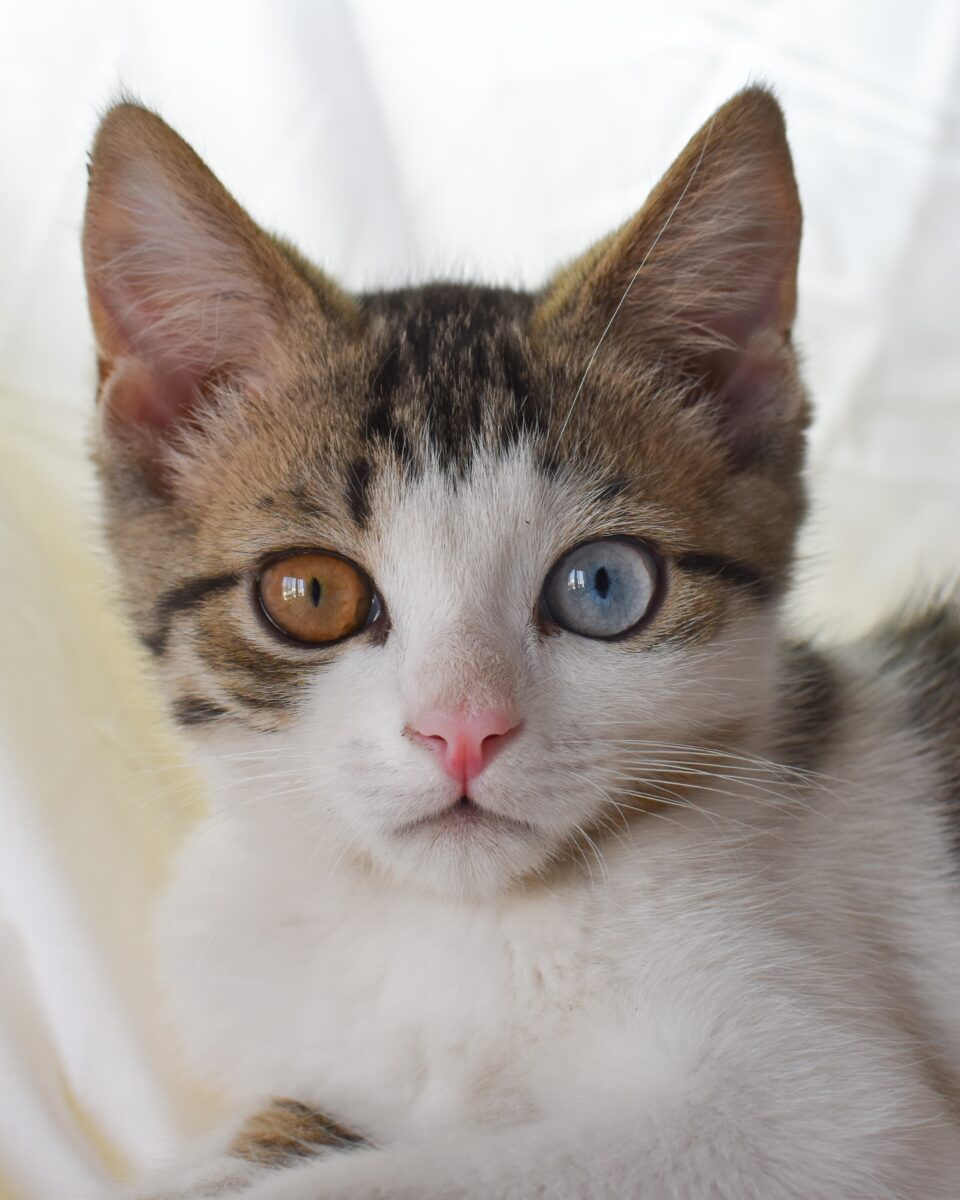
Although less common, acquired heterochromia can occur due to injury or illness, changing a cat's eye color after it is born.
Heterochromia Across Species
While you might associate heterochromia with your fluffy friends at home, it's not unique to domestic animals. Cattle, dogs, ferrets, and horses can have it too.
Heterochromia in humans exists and can be equally captivating. The presence of heterochromia demonstrates the beauty and variety of genetic diversity across animal species.
Heterochromia in Cat Breeds
When you're looking at a cat with one blue eye and another of a different color, you're likely admiring a case of heterochromia. It's a unique feature that can be found in several cat breeds, each with their own patterns of inheritance.
Turkish Angora cats sometimes boast heterochromia, and it's not just their eyes that are striking; they have long, elegant coats too.
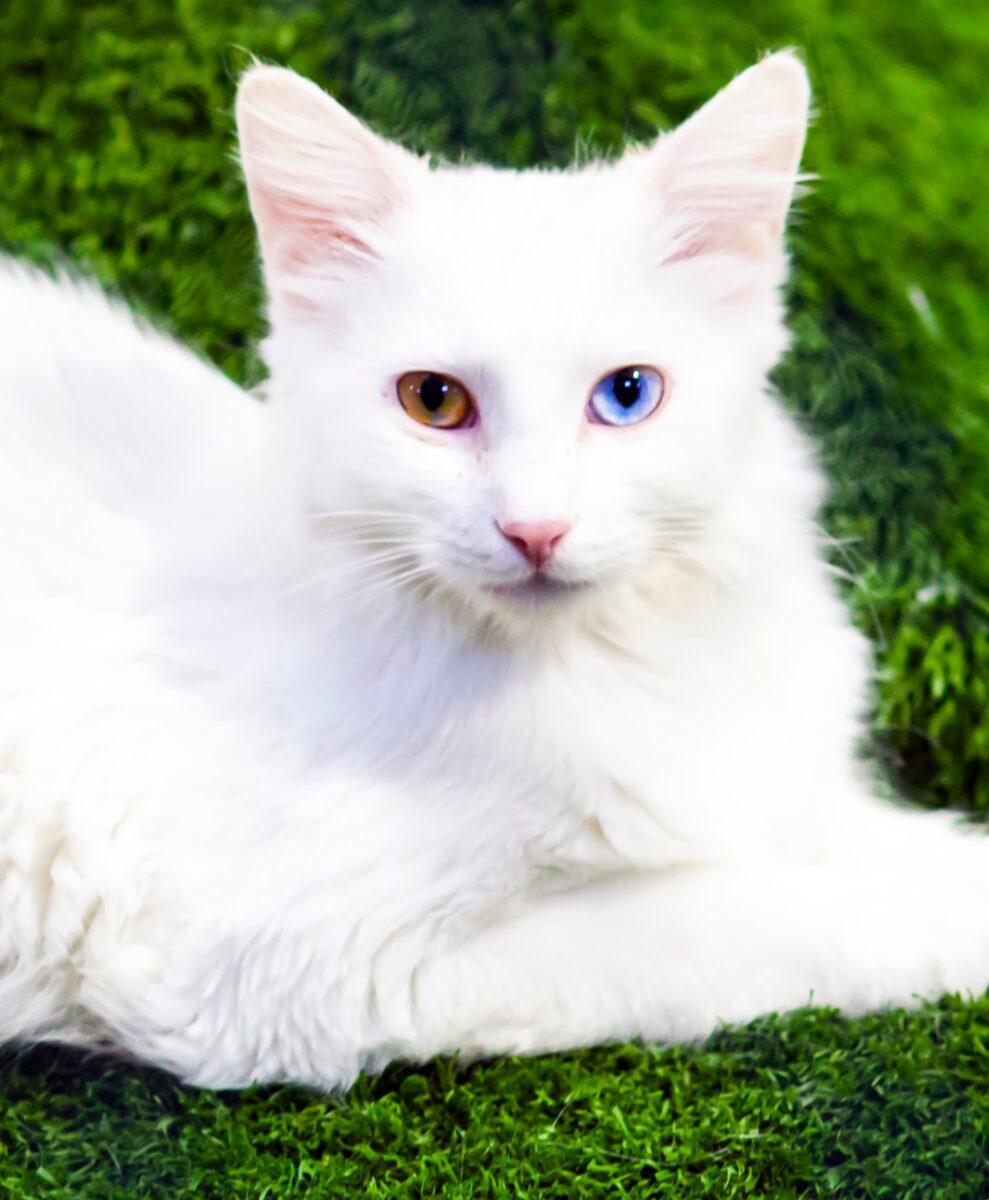
The Khao Manee, a breed hailing from Thailand, is celebrated for their sparkling odd-eyes, one of the hallmarks of the breed.
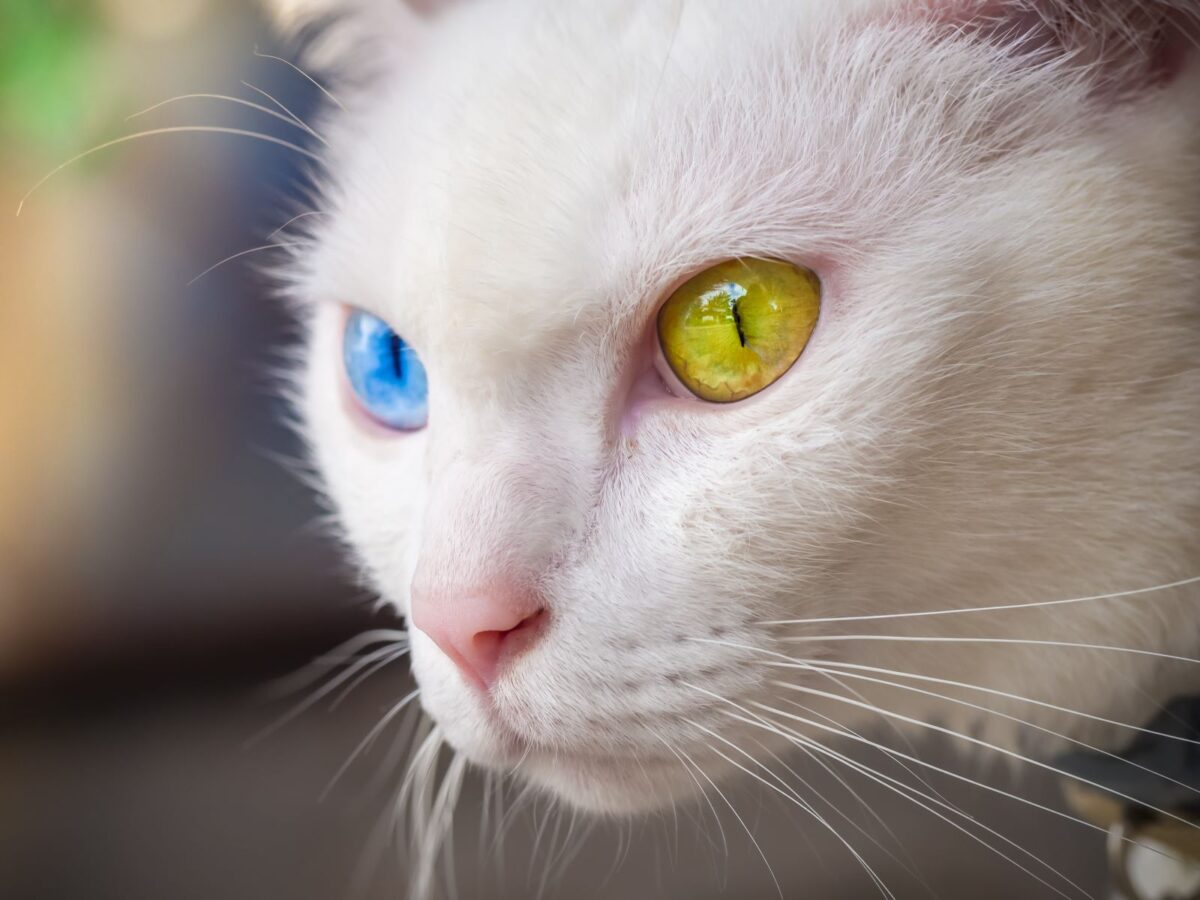
This contrast is also seen in Persian cats, though it's less common.
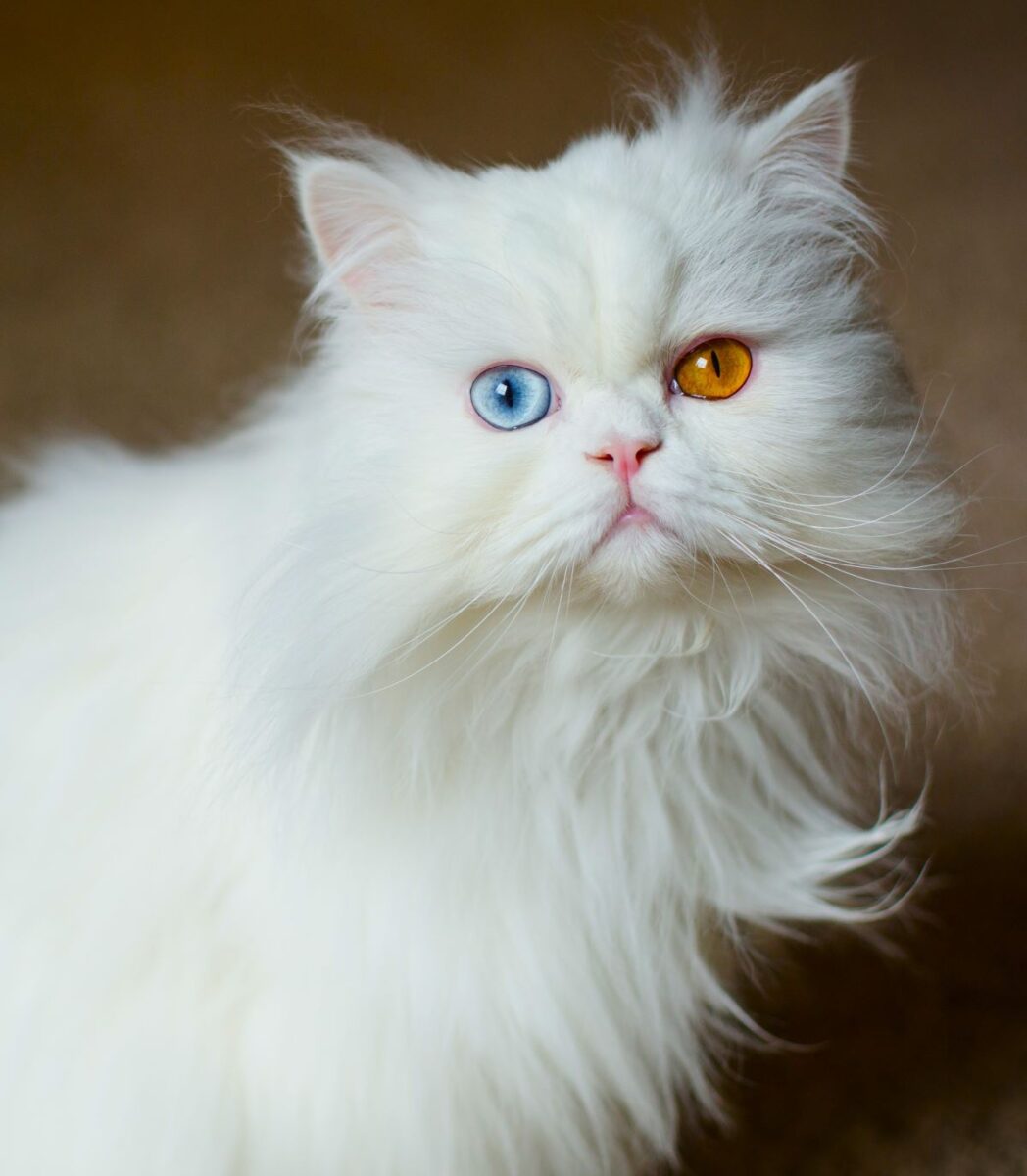
Oriental cats, much like Persians, can also display heterochromia of the eyes.
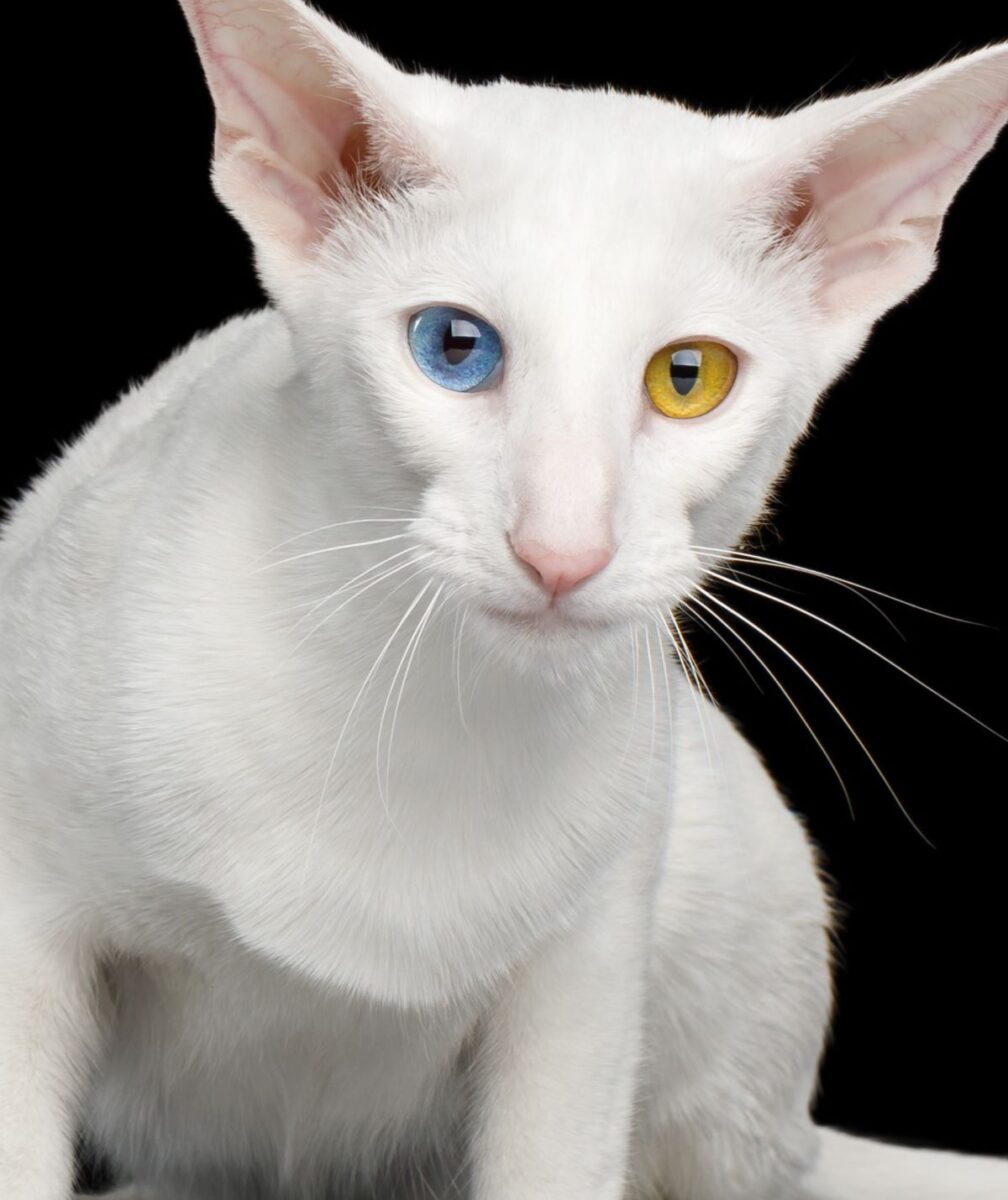
Sphynx cats, with their hairless wonder, can also be odd-eyed, making their alien-like appearance even more mesmerizing.
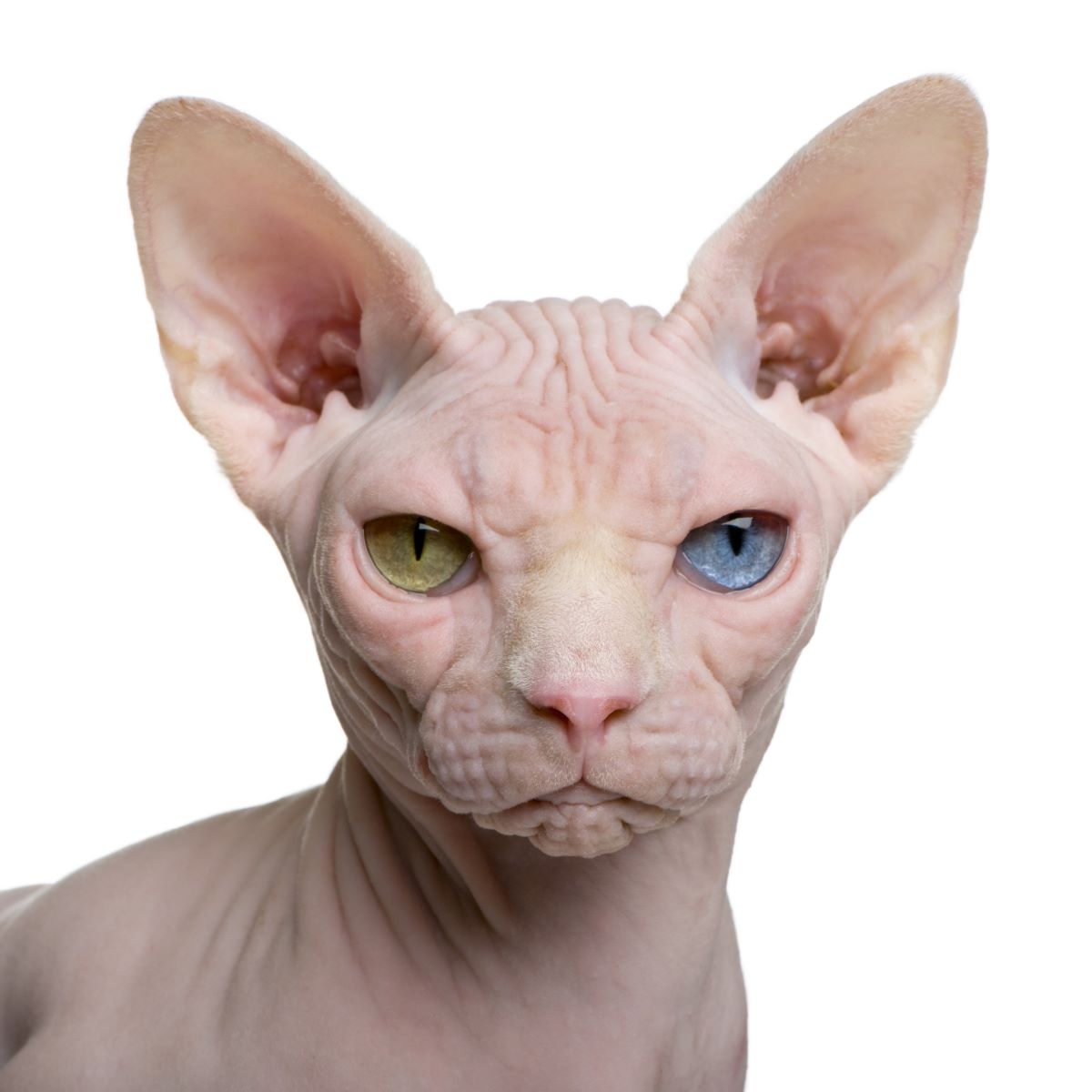
Scottish Fold cats may sometimes feature heterochromia. If you have your heart set on one, please make sure to research the breed well. Unethical breeding of these cats can create major genetic health issues.

For the curly-coated cat lovers, both Cornish Rex and Devon Rex can occasionally display this trait. These breeds are anything but ordinary, especially with such striking eyes.
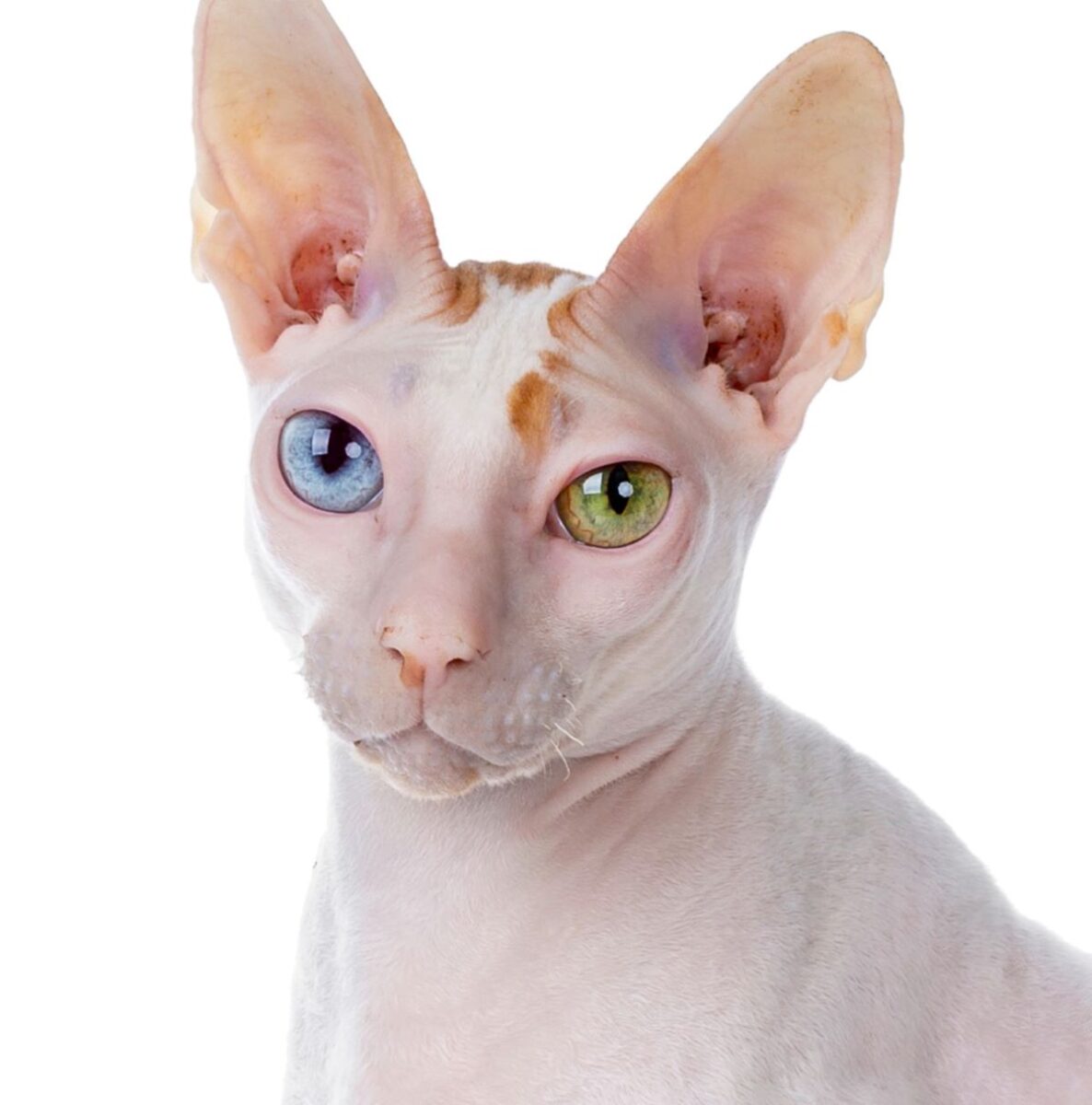
Even Maine Coons can sometimes have odd-colored eyes. They don't have to be white coons for that to happen, as this calico kitten shows us -
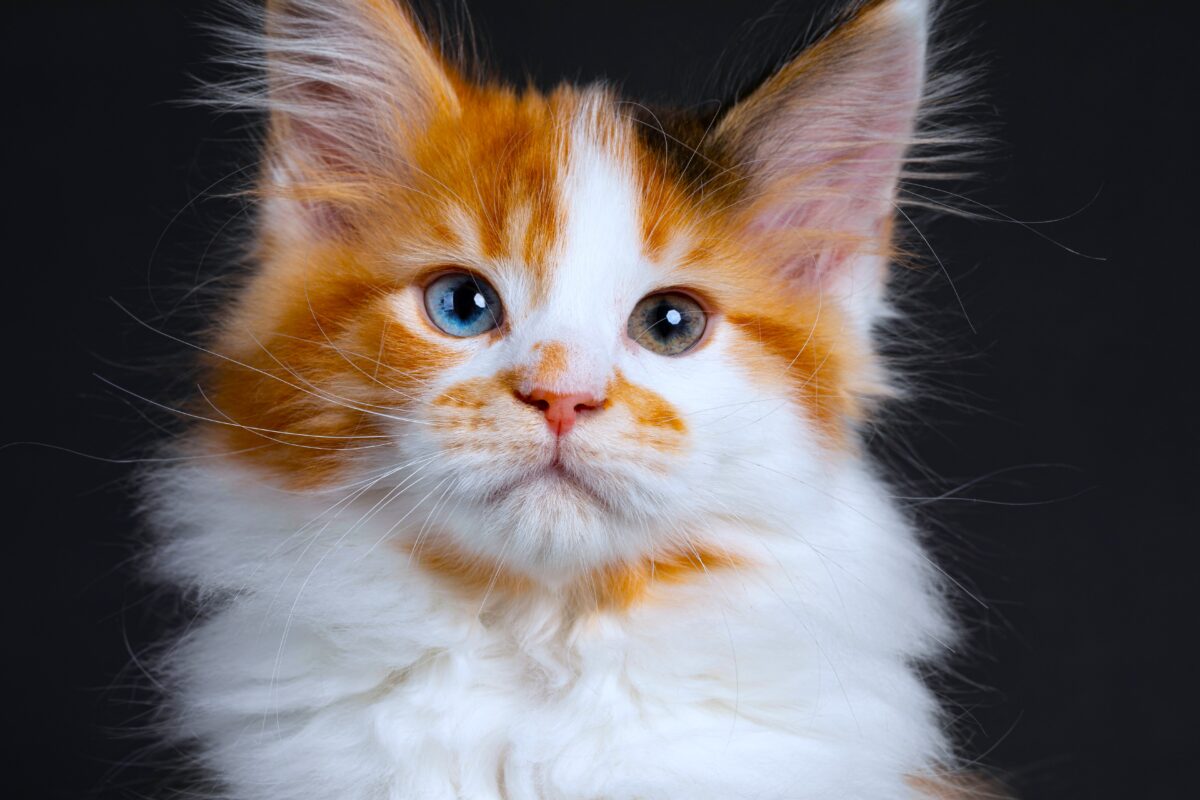
And did you know that - although very rare - even colorpointed cats such as Siamese can have odd colored eyes?
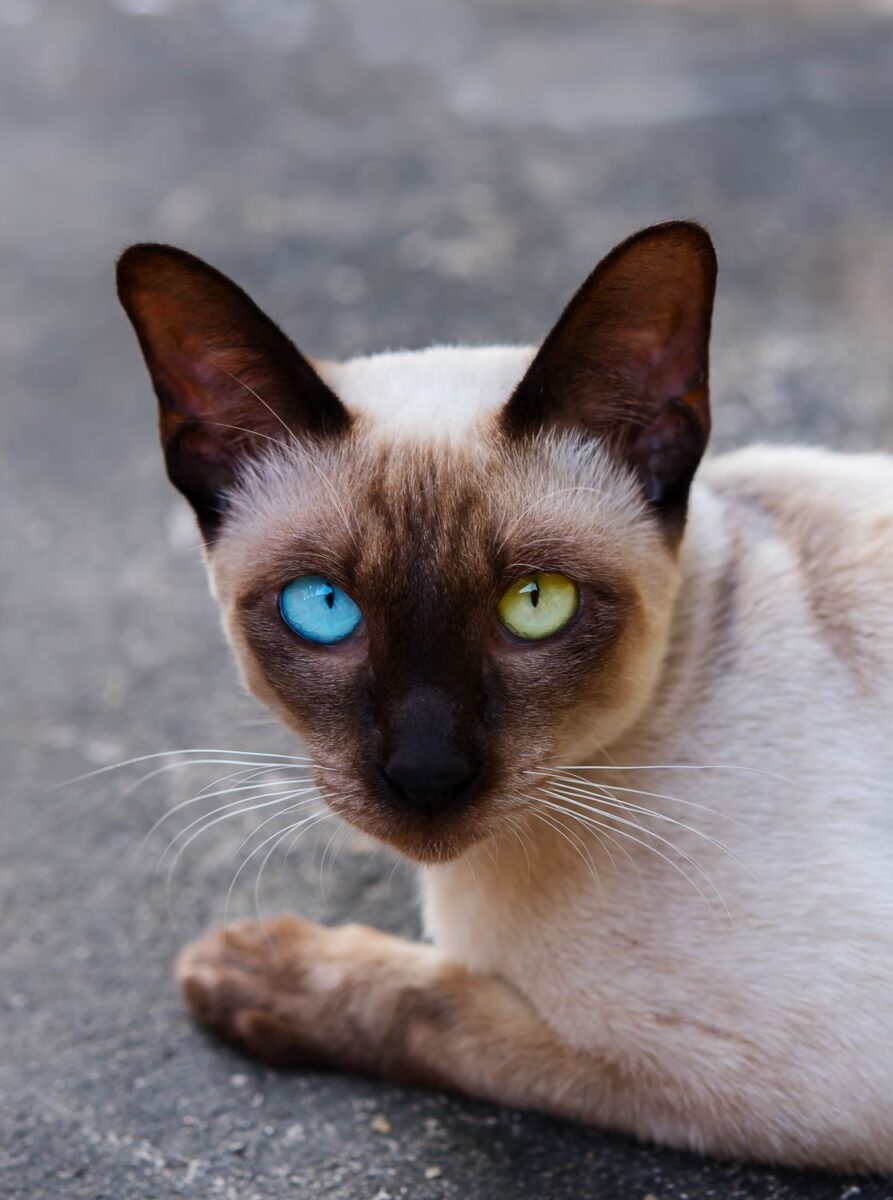
Hereditary Patterns in Breeds
Heterochromia in cats can often be pinned down to genetics. In the plush-coated beauties known as Turkish Angoras, it can be inherited as a fairly common trait, giving them their iconic look. Van cats, or Turkish Vans, carry it as a signature look too.
While heterochromia can be genetically inherited, it's important to note that not all odd-eyed cats will pass this trait to their offspring—it can be a bit of a genetic surprise party. This is because the trait can be influenced by various factors and may not always follow a straightforward Mendelian inheritance pattern.
Any Domestic Shorthair or Domestic Longhair cat can be odd-eyed!
If you're looking to bring a cat home and heterochromia is on your wish list, it could show up in many breeds or where the cat is of no particular breed.
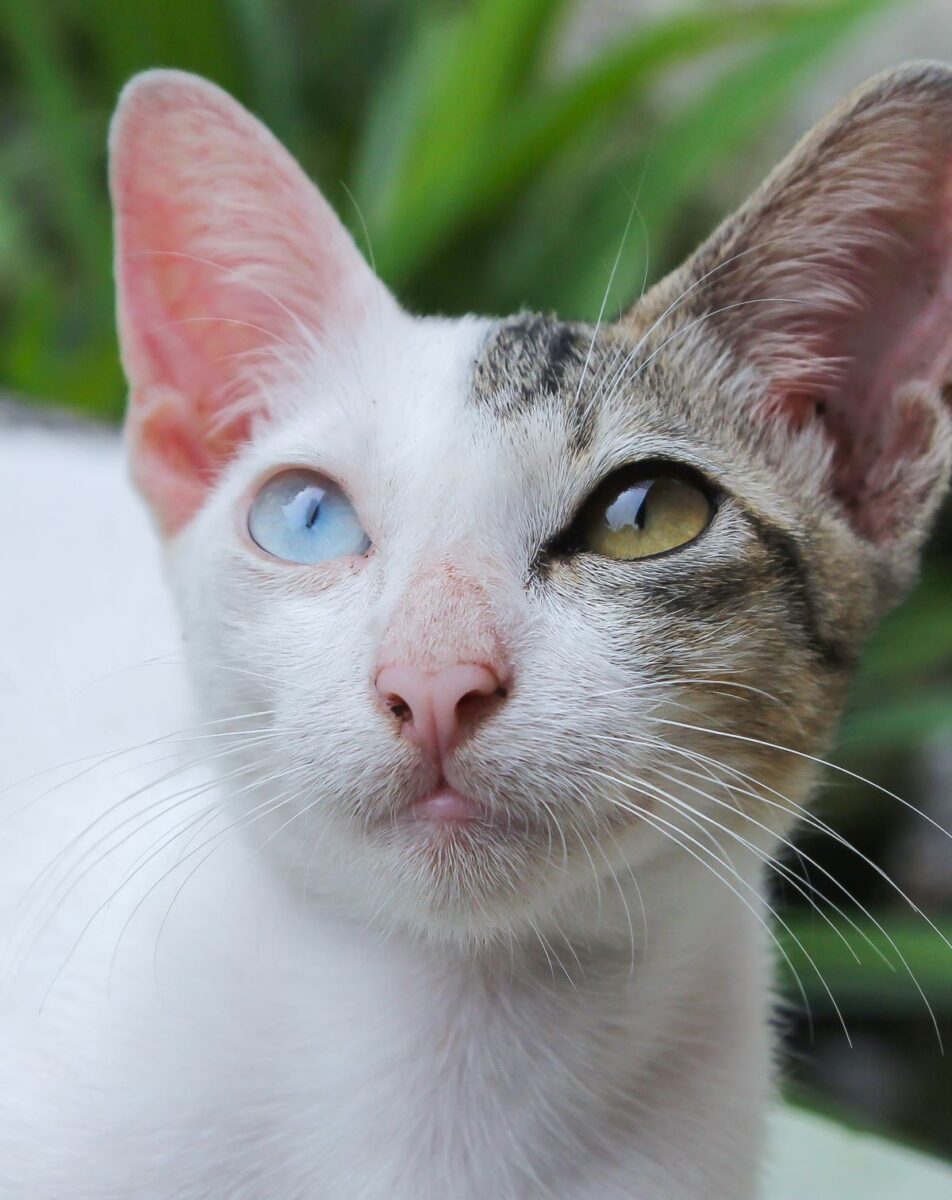
A cat does not have to be pedigreed or purebred to be odd-eyed and many domestic cats show this trait. Each cat is as unique as its eye color, so you'll be welcoming a one-of-a-kind companion into your life.
Physical Characteristics of Heterochromia
Heterochromia in cats is a striking attribute where you'll find each of their eyes flaunts its own unique hue. This condition is all about a difference in coloration, specifically of the iris, which is the colored part around the pupil.
Color Variations
When it comes to heterochromia, your cat's eyes might display a fascinating spectrum of color variations: one eye might be blue, while the other could be green or brown. The amount of pigment called melanin within their iris cells dictates this difference.
A high concentration of melanin creates a rich brown, while less melanin results in a lighter color like blue. Cats with odd eyes possess this distinct variance in melanin between their left and right irises.
- Blue Eye: Usually has a lower melanin concentration.
- Green Eye: Typically indicates a medium level of melanin.
- Brown Eye: Suggests a high concentration of melanin.
Associated Physical Traits
Alongside the mesmerizing difference in eye color, cats with heterochromia may have other associated physical traits. For instance, the white coat color or patches observed in some cats often correlates with the presence of the white spotting gene or the dominant white gene.
These genetic elements can influence both coat color and eye color variation. It's not unusual to see a cat with one blue eye, often coupled with a lack of pigment (known as pigment melanosis) in parts of the face or ears, particularly if the white fur is present as well.
- Dominant White Gene: Can lead to a complete white coat and commonly associated with blue eyes.
- White Spotting Gene: May result in just patches of white on the coat and can be linked with heterochromia.
Remember, while heterochromia is often just a benign quirk of your cat's pigmentation, it's always wise to ensure that any eye color differences are indeed natural and not the result of injury or disease.
Health Implications of Heterochromia
When you spot a cat with one blue eye and one green, it's called heterochromia, and it can be quite stunning. But it's not just about looks; this condition sometimes flags other health issues in cats, particularly related to hearing and eye health.
Common Health Concerns
Heterochromia itself isn't harmful, but it might be a symptom of other underlying health problems. Sometimes it's just genetic luck, but other times it can point to health concerns, especially if it develops later in life rather than being present from birth.
Deafness Correlation
Cats with blue eyes, whether from heterochromia or not, can have a higher chance of genetic deafness, particularly if they also have white fur.
This is due to the lack of melanocytes, the cells that create pigment and affect hearing by their presence in the cochlea. Deafness in cats with heterochromia is more common on the side with the blue eye.
Eye Conditions
You should keep an eye out for signs of eye conditions like uveitis or glaucoma, which could be mistaken for heterochromia due to changes in iris color. Remember, the diagnosis of heterochromia should always be done by a vet to rule out iris melanosis or other issues. If there's a sudden change in eye color, that's a trip to the vet, pronto!
We hope you found this guide helpful, educational and entertaining! If you share your life with a cat that has different eye colors, leave us a comment to let us know!
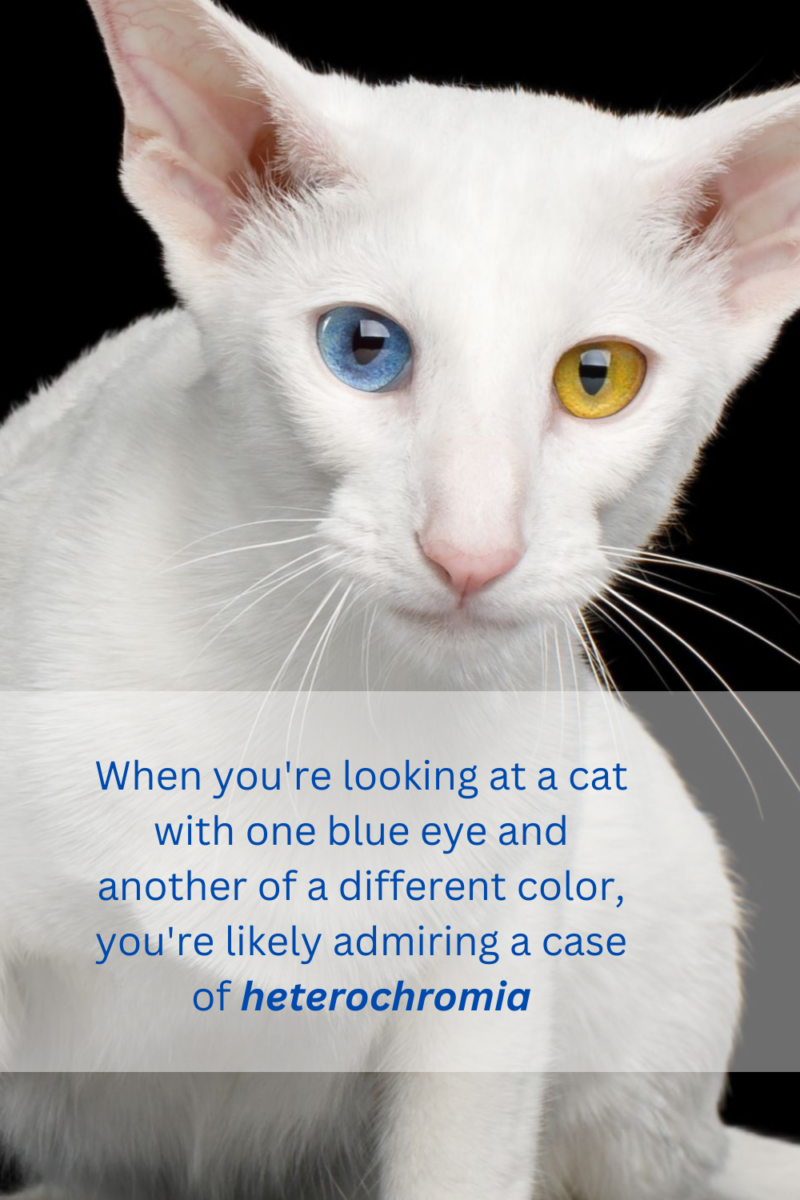
Note: We may get commissions for purchases made through links on this page.

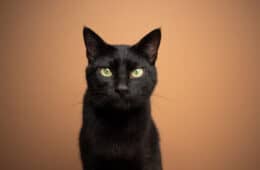
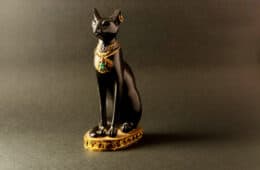

18 comments on “Here’s why some cats have different color eyes (Heterochromia explained!)”